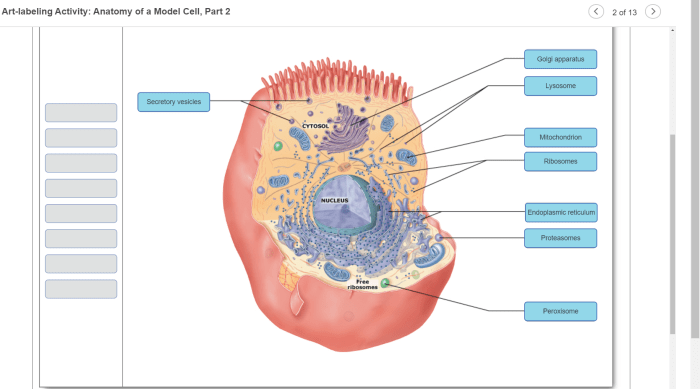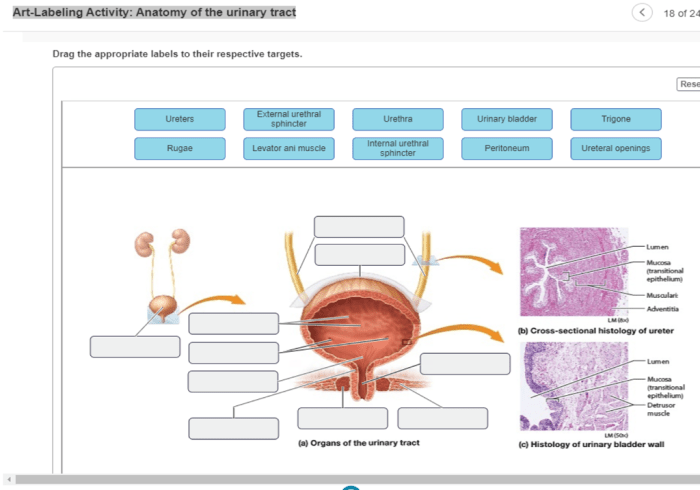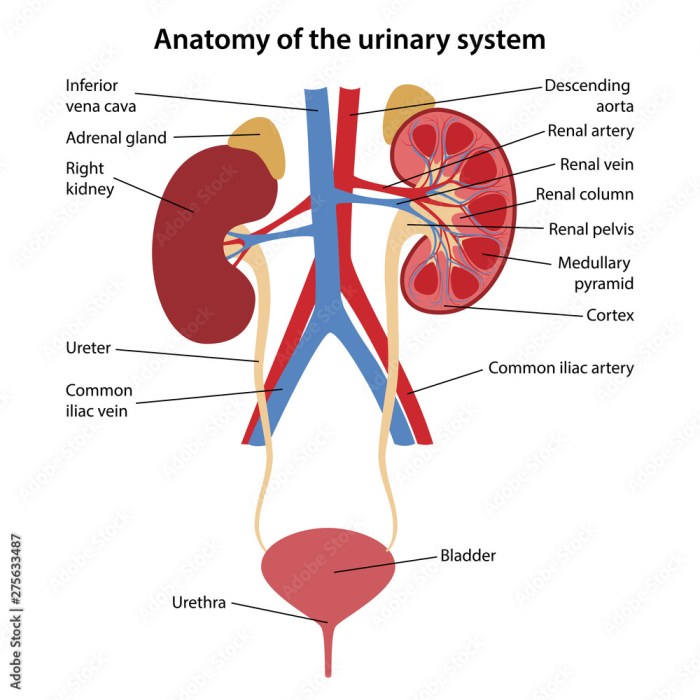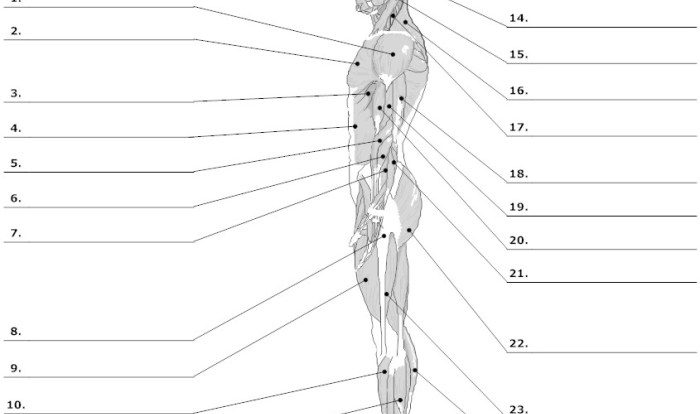Art-labeling activity anatomy of the urinary tract – Delving into the realm of anatomical education, this discourse sheds light on the innovative art-labeling activity, a pedagogical tool that has revolutionized the teaching and learning of urinary tract anatomy. This engaging approach harnesses the power of art to foster a deeper understanding of this complex anatomical system, offering a unique and captivating learning experience.
Art-labeling activities provide a hands-on, interactive platform for students to engage with anatomical structures, enhancing their spatial reasoning and visualization skills. By actively labeling and annotating anatomical drawings or models, learners actively engage with the material, solidifying their understanding of the urinary tract’s intricate components and their relationships.
Introduction: Art-labeling Activity Anatomy Of The Urinary Tract

Art-labeling activities are instructional techniques that combine art and anatomy to enhance anatomical knowledge. They involve students creating artistic representations of anatomical structures, often labeling them with their corresponding names. This activity is particularly valuable for the urinary tract, as it allows students to visualize and comprehend the complex arrangement of its components.
Methods and Materials

Art-labeling activities for the urinary tract can be designed using various artistic media, such as drawing, painting, or digital art. Students can work individually or in groups to create detailed representations of the urinary system, including its organs (kidneys, bladder, ureters, urethra), vessels, and nerves.
Specific art-labeling exercises include:
- Drawing a cross-sectional view of the kidney, labeling the renal cortex, medulla, pelvis, and other structures.
- Painting a schematic diagram of the urinary system, showing the flow of urine from the kidneys to the bladder.
- Creating a digital model of the urinary tract, using 3D modeling software to represent the spatial relationships between its components.
Outcomes and Evaluation
Art-labeling activities have been shown to be effective in improving anatomical knowledge. Studies have demonstrated that students who engage in these activities have better recall and understanding of anatomical structures compared to those who only receive traditional lectures or textbook readings.
Case studies have shown that art-labeling activities can also foster spatial reasoning and problem-solving skills. By creating artistic representations, students develop a deeper understanding of the three-dimensional relationships between anatomical structures.
However, it is important to note that art-labeling activities may not be suitable for all students. Some students may find the artistic aspect challenging or time-consuming. Additionally, the effectiveness of these activities may vary depending on the artistic skills and preferences of the students.
Applications

Art-labeling activities can be easily integrated into anatomy curricula. They can be used as a supplement to traditional lectures, as a standalone activity, or as part of a blended learning approach.
A sample lesson plan incorporating art-labeling for the urinary tract could include:
- Introduction to the urinary system and its components.
- Demonstration of art-labeling techniques and examples.
- Student creation of art-labeled representations of the urinary system.
- Class discussion and review of student artwork.
- Assessment of student knowledge through quizzes or exams.
The table below summarizes the benefits and drawbacks of using art-labeling activities:
| Benefits | Drawbacks |
|---|---|
| Enhanced anatomical knowledge | May not be suitable for all students |
| Improved spatial reasoning | Can be time-consuming |
| Fosters problem-solving skills | Effectiveness may vary based on artistic skills |
Extensions and Future Directions

Art-labeling activities can be modified or extended to enhance their effectiveness and appeal to a wider range of students. One modification is to incorporate digital art tools, allowing students to create interactive or animated representations of the urinary system.
Another extension is to use art-labeling activities as a basis for interdisciplinary projects. For example, students could create artistic representations of the urinary system in collaboration with art or design students.
Future research in this area could explore the impact of art-labeling activities on long-term anatomical knowledge retention and its potential to improve clinical skills in healthcare professionals.
General Inquiries
What are the benefits of using art-labeling activities in anatomy education?
Art-labeling activities offer numerous benefits, including enhanced spatial reasoning, improved visualization skills, deeper comprehension of anatomical structures, and increased engagement in the learning process.
How can art-labeling activities be integrated into anatomy curricula?
Art-labeling activities can be seamlessly integrated into anatomy curricula through various methods, such as incorporating them into lectures, laboratory sessions, or as homework assignments. They can also be used as a formative assessment tool to evaluate students’ understanding of anatomical concepts.
What are some challenges associated with using art-labeling activities?
One potential challenge is the time required for students to complete art-labeling activities, especially for complex anatomical structures. Additionally, ensuring the accuracy and consistency of student annotations is crucial to avoid perpetuating misconceptions.

